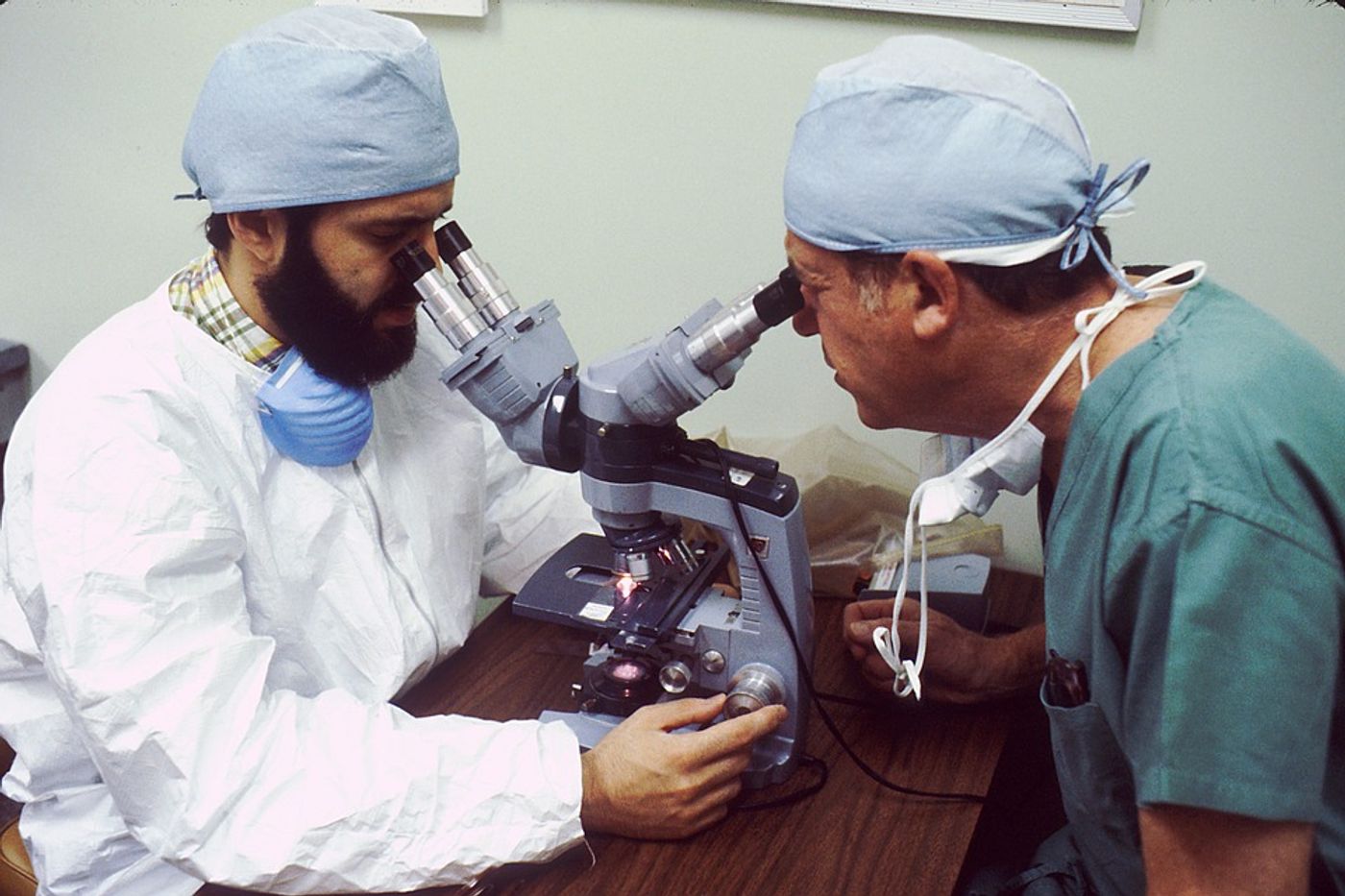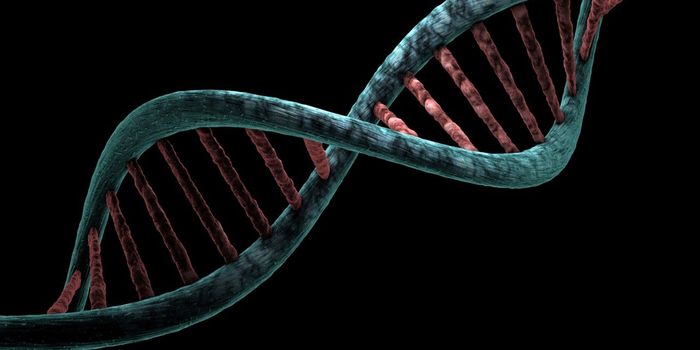New genes targeted for anti-cancer therapies
Research published in the journal Genome Biology reports the discovery of two overlooked genes that have the potential to be targets for cancer therapies. The findings come from a comprehensive evolutionary analysis of RNA modification proteins in over 13,000 tumors.
The research was conducted by scientists at the Centre for Genomic Regulation in Barcelona who analyzed RNA modification proteins (RMPs) in 32 tissues, 10 species, and 13,358 paired tumor-normal human samples. RMPs add or remove chemical groups to RNA sequences, thus influencing how genetic code is copied from DNA; previous investigations have shown that as many as one hundred different human diseases are linked to defects in the RNA modification process.
Thanks to the emerging field of epitranscriptomics, which studies how and where RNA is modified, the researchers were able to identify that across the diversity of tissues and tumors, RMP expression hugely varies.
In particular, the results showed that 27% of all known human RMPs were dysregulated in cancers. Two genes, HENMT1 and LAGE3, were found to be the most frequently over-expressed genes in many diverse cancer types. This discovery has implications for future anti-cancer therapies that target these genes.
"Here we provide a short-list of RMPs that constitute promising drug targets in specific cancer types. We hope our work will inspire new lines of research in anti-tumoral therapies," says lead author Eva Novoa is a researcher at the Centre for Genomic Regulation. "We already have important drugs like FTO inhibitors that use the machinations of RNA modification to treat cancer. It's exciting to point to several other overlooked pathways that could be future therapeutic targets."
"Our next steps are studying the role of RNA modification in transmitting diet-induced metabolic disorders from one generation to the next," concludes Eva. "Understanding how environmental information is converted into molecular information in sperm RNAs, and then transmit across generations, is the next exciting and unanswered question."
The findings from this study also pointed researchers to identify potential new therapeutic targets for male infertility.
Sources: Genome Biology, Eureka Alert









